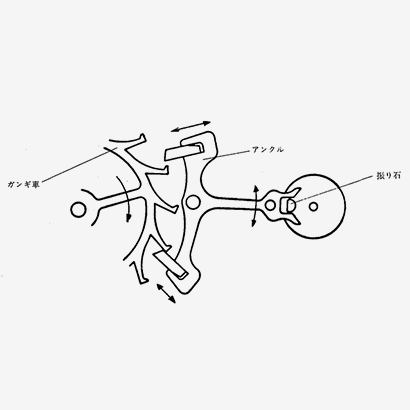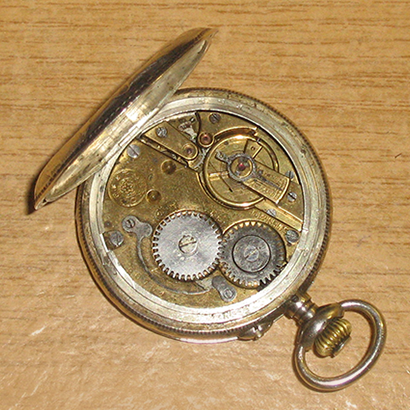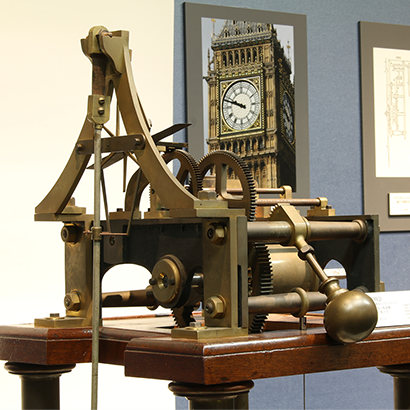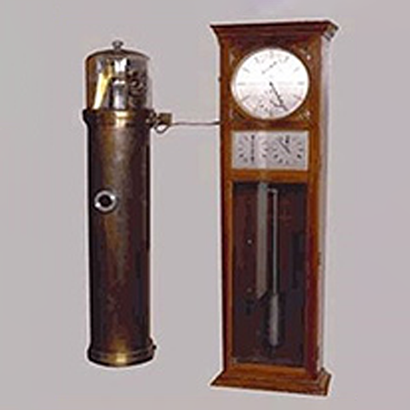1801, the tourbillon
In 1801 the French watchmaker Abraham-Louis Breguet, who introduced numerous groundbreaking technologies in watchmaking, such as his perpetual calendar and minute repeater, patented the tourbillon. The tourbillon (French for whirlwind) is Breguet’s most famous invention and is the perfect example of a complication watch mechanism.
The accuracy of a watch is affected by gravity, and the mechanism most affected is the regulator and escapement (the balance wheel and escapement). When a pocket watch is carried about, it sits in the pocket facing one direction. This means that gravity is acting on the regulator and escapement in just the one direction. The mechanism of the tourbillon rotates the entire regulator and escapement so that it is equally affected by gravity from all angles, thereby increasing its accuracy.
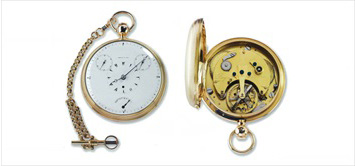
Breguet mounted the regulator and escapement within a structure called a cage or carriage that was rotated once every four minutes to eliminate errors caused by imbalances in the watch’s positioning that might otherwise make it run fast or slow.
Although it was originally invented for use in pocket watches that would be kept in one position, this device was later also used in wristwatches. However, the tourbillon did not demonstrate any merit in improving the accuracy of wristwatches that were constantly being moved about in various positions when worn.
Nevertheless, the sheer beauty of this device in motion has earned it great popularity, and many luxury brand tourbillon watches are on the market.
Most modern-day tourbillons rotate once every minute.
Because of the increased number of components, each piece must be made extremely light and manufactured with extreme precision, necessitating subtle adjustments and a high level of skill in assembly, and therefore requiring a long time for the manufacturing of each watch. For these and other reasons, tourbillon watches have traditionally been exceptionally expensive.
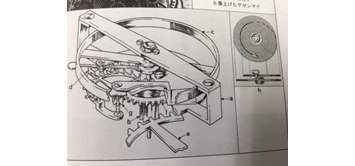
Over time, cheaper versions have emerged, as well as three-dimensional and double-tourbillon models and other variations.
The FUGAKU tourbillon watch released by Seiko in 2016 under the Credor brand is an exquisite luxury watch that features a motif based on the work of the famous ukiyo-e artist Katsushika Hokusai, made with sophisticated engraving techniques combined with a Japanese lacquer finish.
References
Breguet,watchmakers since 1775: The life and legacy of Abraham-Louis Breguet (1747—1823). Emmanuel Breguet published by Alain de Gourcuff
The heritage of the genius Breguet that lives to this day. The Swatch Group (Japan) KK



